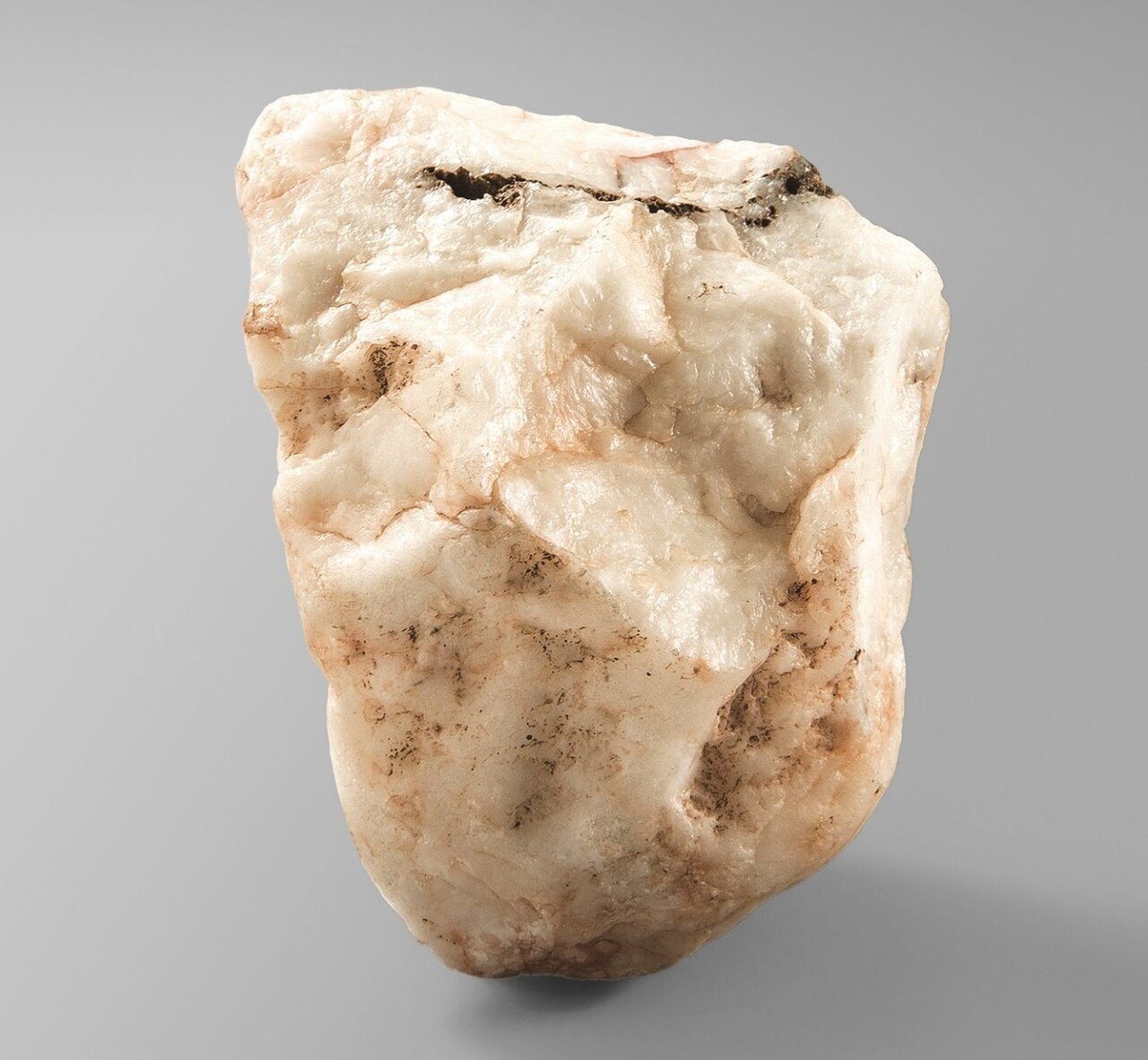
Similar Posts
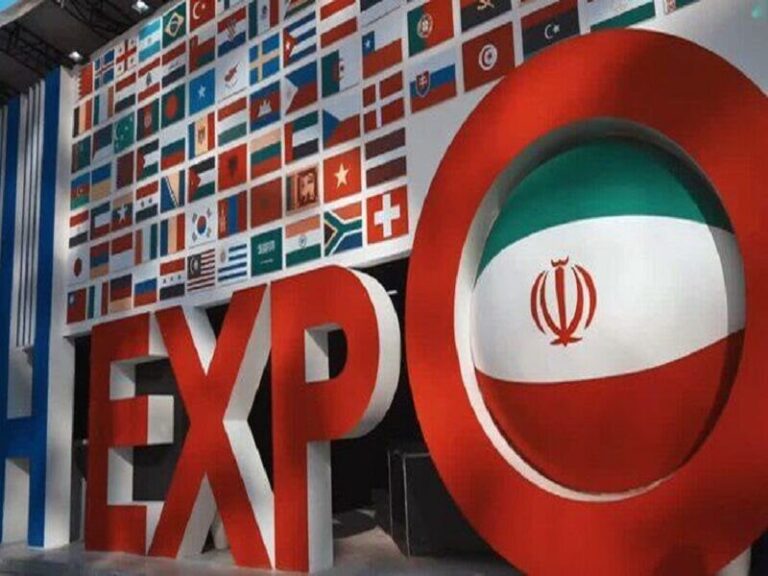
IRAN EXPO 2025: Celebrating Creativity with 100 Talented Artisans
The 7th Exhibition of Export Capabilities of Iran, IRAN EXPO 2025, is being held from April 28 to May 2, 2025, at Tehran International Fairgrounds. Featuring 100 artisans, the event promotes Iranian handicrafts and tourism, highlighting investment opportunities. Farzad Ojani from the Ministry of Cultural Heritage emphasized the exhibition’s role in showcasing commercial prospects, enhancing exports, and marketing tourism. Notably, Fars Province leads with 20 artisans, reflecting its rich craft tradition. The expo facilitates networking and discussions on investment strategies, aiming to boost visibility and sustainable growth in Iran’s handicraft and tourism sectors, celebrating culture and commerce.
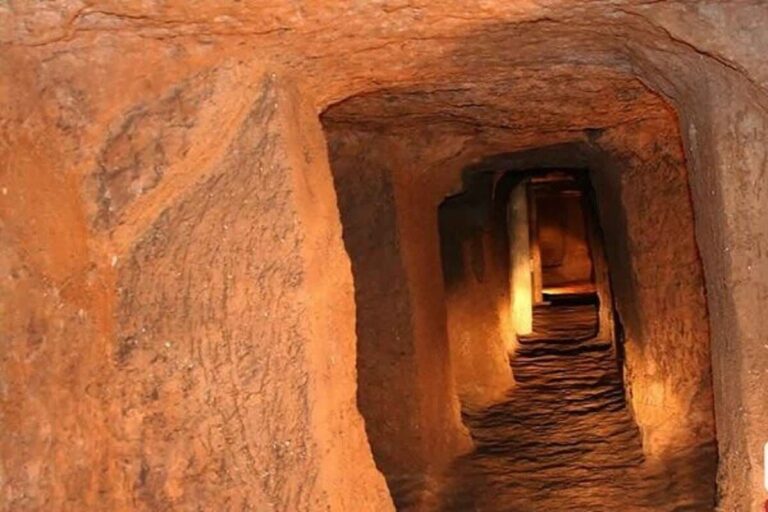
Ancient ‘Underground City’ Discovered in Central Iran: A Hidden Treasure Unearthed!
Residents of Abarkuh, Iran, have discovered an “underground city” beneath five historical homes, showcasing advanced urban planning and architectural techniques of the past. Governor Hossein Hatami revealed that this subterranean settlement includes pathways, gardens, and specialized stone chambers. Notable finds include a stone aqueduct essential for water management, reflecting ingenuity in adapting to environmental conditions. Archaeologists are continuing their investigations, which promise to shed light on the daily lives of ancient inhabitants. This discovery enhances Abarkuh’s cultural significance and invites academic and tourism interest, highlighting the town’s rich historical legacy and architectural marvels.
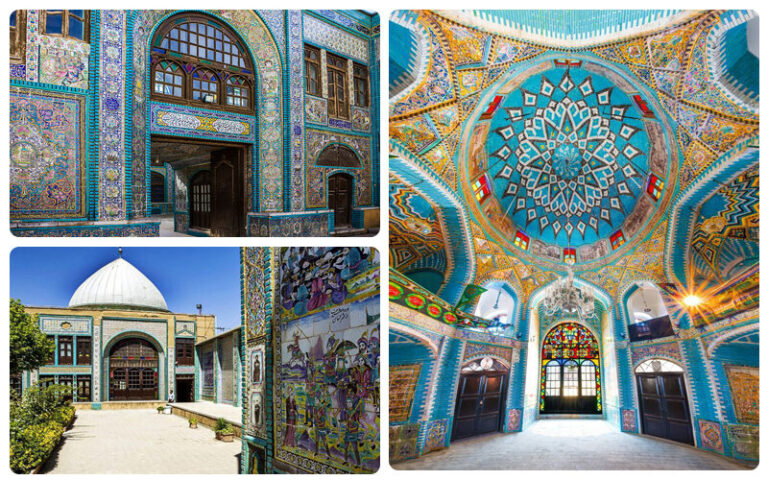
Discover Tekyeh Moaven al-Molk: A Hidden Cultural Gem in Western Iran
Tekyeh Moaven al-Molk in Kermanshah, Iran, is a stunning architectural gem reflecting the nation’s cultural heritage. Built during the Qajar era as a Shia mourning site, it became a key religious and historical destination after being recognized as part of Iran’s National Cultural Heritage in 1975. The site boasts intricate tilework depicting early Islamic battles and Achaemenid kings. It features three main sections: Hosseineh, Abbasieh, and Zeinabieh, housing various historical artifacts and museums. Despite facing significant damage during historical upheavals, it endures as a symbol of resilience and unity, attracting visitors with its rich history and cultural significance.

Unveiling History: Archaeological Excavation Set to Uncover the Secrets of Valerian’s Palace Ruins
Valerian’s Palace in Bishapur, Iran, an important archaeological site where the captured Roman Emperor Valerian was held, is set for extensive excavation to uncover its historical significance. Reza Norouzi from the Research Institute of Cultural Heritage and Tourism emphasized the need for ongoing research to understand the region’s past. Previous excavations, initiated before World War II and expanded between 1968 and 2004, revealed Roman architectural influences in Bishapur, highlighting its unique grid layout. This site, recognized by UNESCO in 2018, reflects the Sassanid civilization’s strategic planning and cultural interactions, showcasing architectural advancements that shaped the region’s history.

Fajr Handicrafts Festival Celebrates Iran’s Rich Cultural Heritage: A Grand Finale of Art and Tradition!
The 9th International Fajr Handicrafts Festival concluded at Milad Tower in Tehran, highlighting Iran’s cultural heritage and the importance of its handicrafts industry. Cultural Heritage Minister Seyyed Reza Salehi-Amiri emphasized the sector’s economic potential, noting over 570,000 artisans contribute to it. He advocated for showcasing Iranian craftsmanship globally, while also discussing the country’s tourism opportunities. Deputy Minister Mariam Jalali highlighted the festival’s significance as a commitment to resilience in the handicrafts sector. Saeed Al-Qaddoumi from the World Crafts Council praised Iran’s artistic legacy and the festival’s role in fostering global connections among artisans. Awards were presented to distinguished craftsmen.
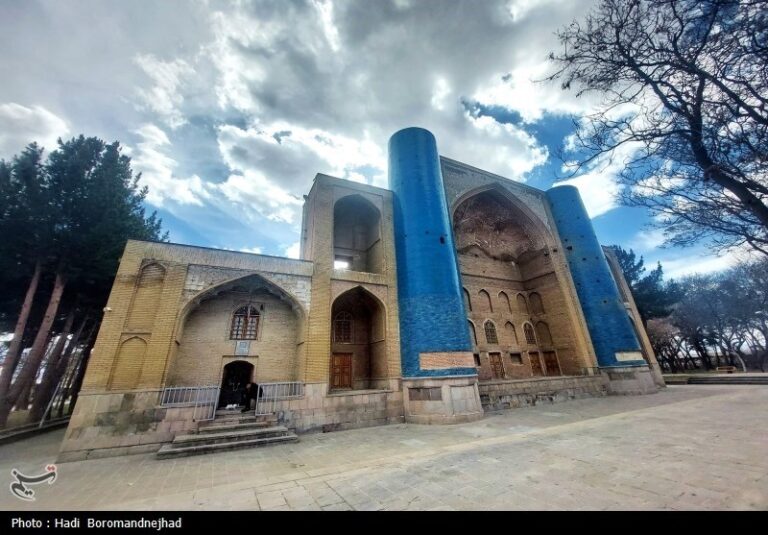
Explore the Majestic Mausoleum of Sheikh Shahabeddin Ahari in East Azarbaijan, Iran
The mausoleum of Sheikh Shahab-ed-Din Mahmood Ahari is a key Iranian historical site blending mysticism and architecture from the seventh and eighth centuries. Built during the Safavid era, it honors a revered mystic scholar and showcases the evolution of Persian architecture. Significant restoration occurred in the twelfth century and again in 1316 AS. The structure features a main Eivan flanked by unique minarets, adding architectural intrigue. Surrounding the mausoleum is a public park, making it a popular recreational area. This site attracts visitors interested in Iran’s rich spiritual and cultural history, offering insights into its architectural legacy.